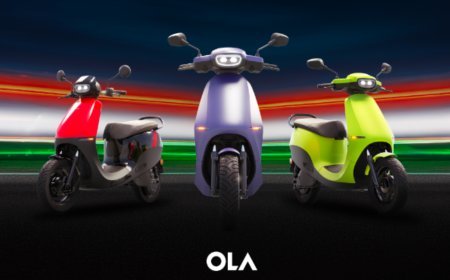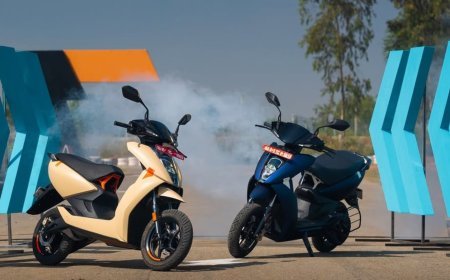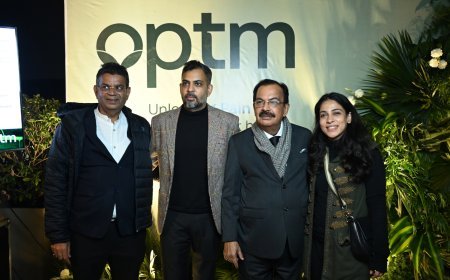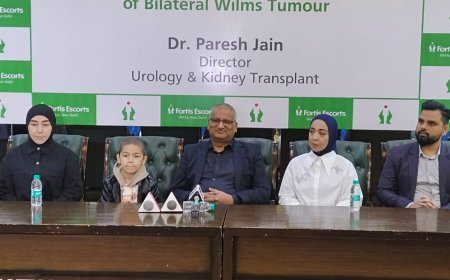Meta's 'CM3leon' AI Model Revolutionizes Text & Image Generation Capabilities

Meta (formerly Facebook) has recently introduced CM3leon, an innovative generative AI model that possesses the remarkable ability to perform text-to-image and image-to-text generation. In a blog post, Meta explained that CM3leon stands out as the first multimodal model trained using a modified approach adapted from text-only language models. Its training process involved extensive pre-training, which included large-scale retrieval augmentation, followed by fine-tuning through multitask supervised learning.

One of the significant advantages of CM3leon, according to Meta, is its ability to generate images that are more coherent and contextually accurate, aligning closely with the given input prompts. Impressively, CM3leon achieves this enhanced performance with just five times the computing power and a smaller training dataset when compared to previous transformer-based methods.
In terms of performance metrics, CM3leon has surpassed Google's Parti, a text-to-image model, by achieving an outstanding FID (Frechet Inception Distance) score of 4.88 on the widely recognized zero-shot MS-COCO benchmark for image generation. This remarkable feat establishes a new state-of-the-art in the field of text-to-image generation.
Meta also highlights CM3leon's exceptional proficiency across various vision-language tasks, such as visual question answering and long-form captioning. Despite being trained on a relatively modest dataset containing only three billion text tokens, CM3leon's zero-shot performance demonstrates competitive performance against larger models trained on more extensive datasets.
Also Read: Elon Musk's xAI Launched To Rival ChatGPT, Aiming To Make Advancements In AI Technology
Meta views CM3leon's strong performance across diverse tasks as a significant advancement towards generating higher-fidelity images and enhancing overall image understanding. By harnessing the capabilities of CM3leon, Meta aims to drive the development of high-quality generative models and push the boundaries of AI-driven image generation.
The introduction of CM3leon marks a notable milestone in the field of generative AI models, opening up possibilities for enhanced image generation and vision-language tasks.




















































